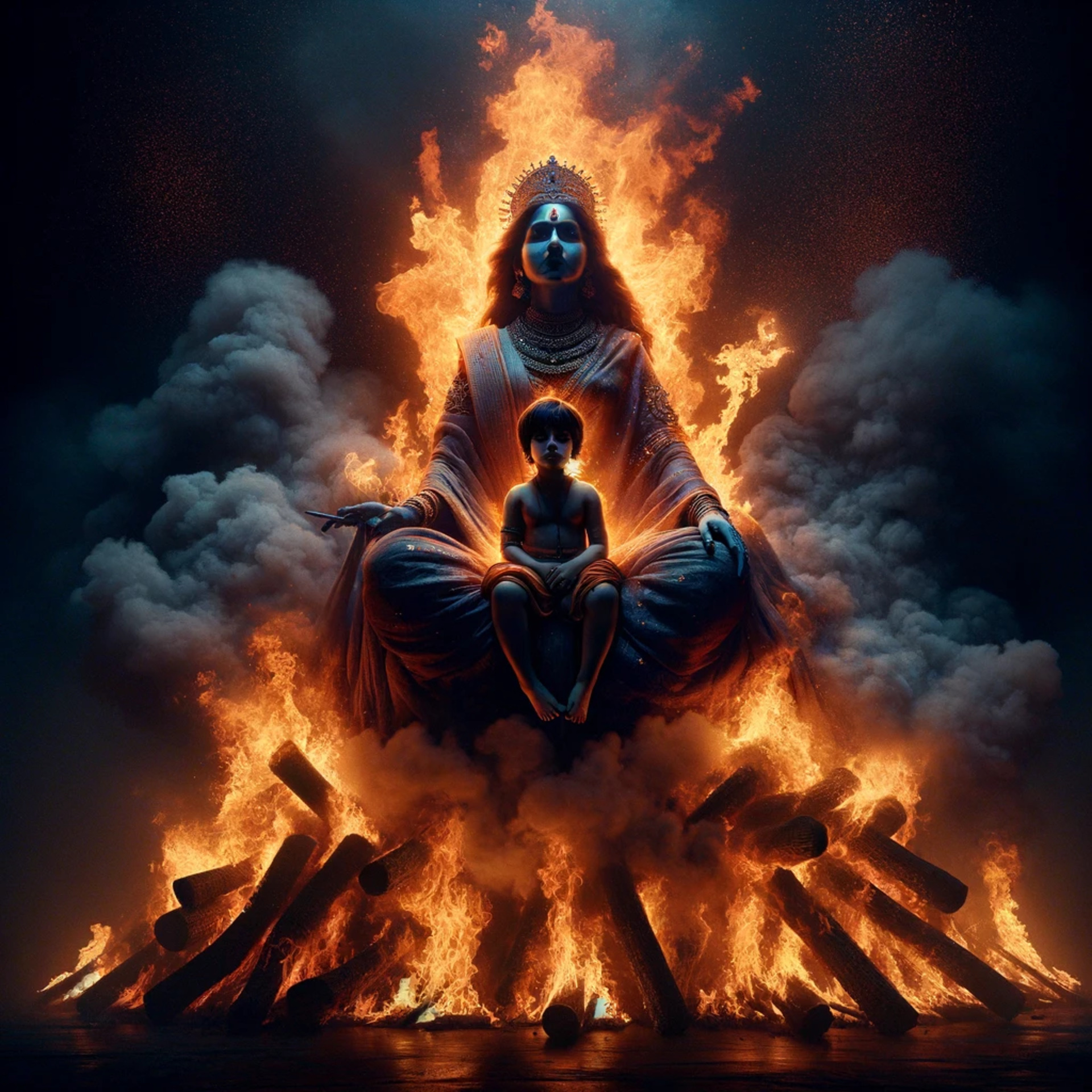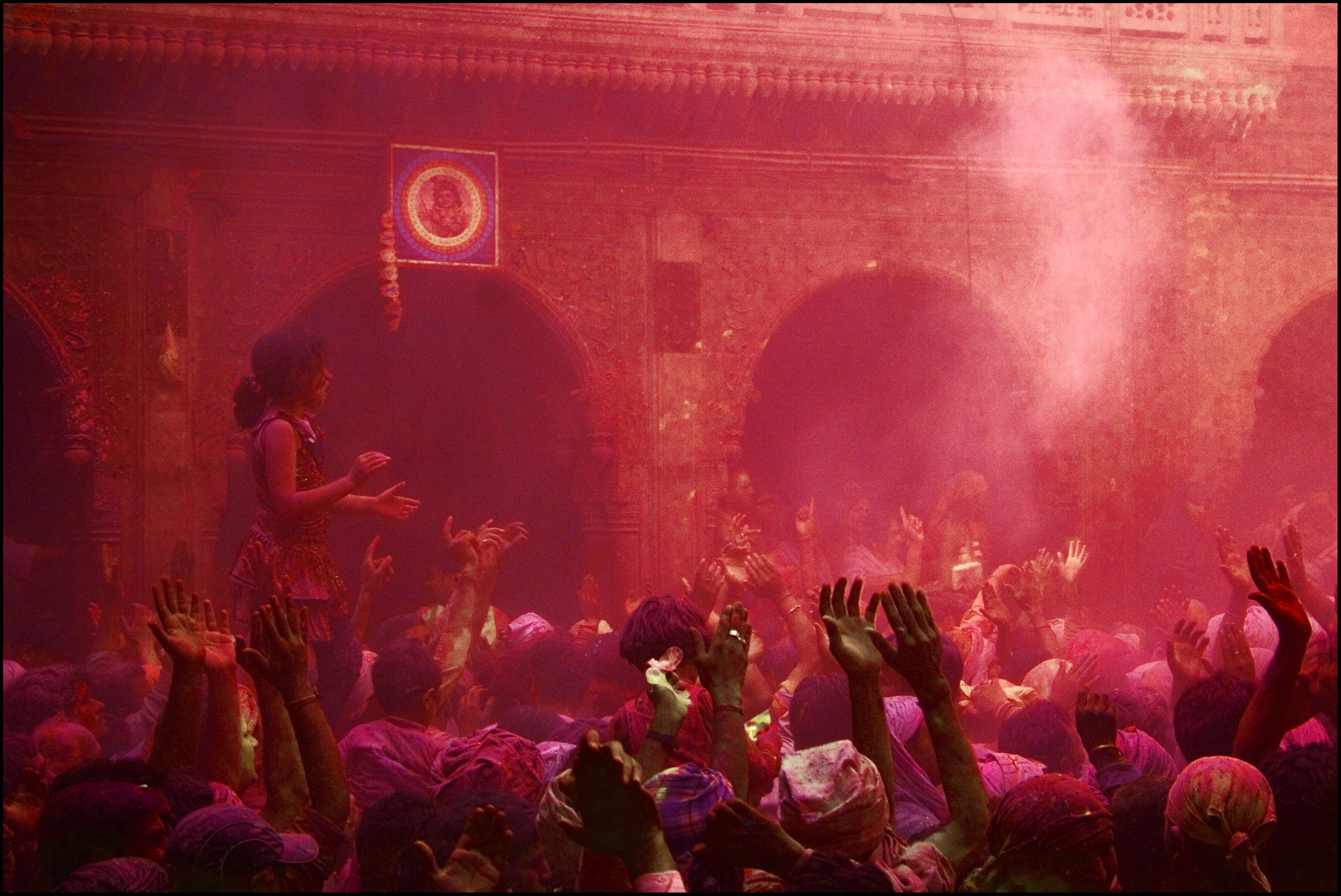Matsya Jayanti is celebrated to offer prayers to Bhagwan Vishnu’s “Matsya ” avatar, one of the dasavataras of Vishnu. The avatar took place in the satyug in the form of an enormous fish. As per Hindu calendar this prestigious occasion is celebrated in the Chaitra masam during the third day of shukla paksha.
Matsya Jayanti
Matsya Jayanti is celebrated as the birth anniversary of Bhagwan Vishnu’s first avatar called “Matsya avatar” which was in the form of a giant fish. As mentioned in Puranas, the Matsya avatar of Bhagwan Vishnu appeared during mahapralaya. The festival is celebrated in Chaitra Masa and is mainly celebrated between auspicious “Chaitra Navratri” and grand Gangaur Festival. As mentioned in itihasa “Matsya avatar” is the first avatar of Bhagwan Vishnu which took place to save the universe from evil demon Hayagriva ( not to be confused with Lord Hayagriva, the avatar of Vishnu who is considered as a symbol of wisdom and knowledge). Devotees take a holy bath in morning and also observe a fast in the name of Bhagwan Vishnu.
Matsya Purana authored by Ved Vyas gives detailed narration of the various incarnations of Bhagwan, our Ishtdev Shri Hari (Bhagwan Vishnu), performing various leelas on the earth. In a conversation with Brahmaji, Vishnuji foretells his various forms and mentions that when there will be a mahapralaya and whole universe would submerge in water and there is knowledge in universe to be protected, he will take the form of a fish to save manu, the first human and return the stolen Vedas to Brahmaji.
Deities associated with the festival
Matsya Jayanti is mainly celebrated by worshiping Bhagwan Vishnu along with Kali Maa and Gangaur Mata, as the occasion overlaps with Navratri and Gangaur celebration.
Origin and Significance
Along with Brahmaji, the creator and shiva, the destroyer, Vishnuji is one of the three main moola virat. Being a part of the trinity, he has taken ten forms or the Dasavtaras, each with a certain purpose. Each of the Bhagwan Vishnu forms has the same purpose which they achieve by different ways and means for the restoration of Dharma and to save the world from the hands of demons or asuras.
According to Puranas, during Satyug, when unrighteousness filled the world, the Trimurti decided to destroy the Earth and reinstate it. MahaPralaya was planned in order to restore righteousness and Dharma on the earth. Brahma, the creator, prepared a guideline to recreate the Earth, The Vedas, and right before the decided day, went to rest. A horse-headed asura named Hayagriva came out of Brahmaji’s nose and stole the Vedas. The Vedas are important and principal books of Hinduism. He took the Vedas with him and hid in the depths of the ocean. Meanwhile, Vishnuji, pleased with King Satyavrata, gave him darshan as a blessing for his pious devotion. When King Satyavrata was washing his hands in a river, a little fish swam into his hands and begged to be saved from bigger fishes. Satyavrata took the fish with him into his palace and kept it in a jar. Soon the fish outgrew the jar and the king moved it in a tank. The size of the fish miraculously kept increasing until the king had to bring it back to the river. But the river also didn’t seem enough for the fish, which was now an enormous Matsya. It was then released into the ocean. Once in the ocean, the fish showed its true stature, that of Vishnu, and informed Satyavrata about Mahapralaya. He instructed the king to build an ark, collect medicinal herbs, seeds, and one pair of each animal, so that the world can be reinstated. During Mahapralaya, the entire Earth saw a deluge and only king Satyavrat, who later came to be known as Manu, the father of mankind, the only righteous man on Earth and the Saptarishis, Serpent Vasuki and the seeds, animals and medicinal herbs were saved in the ark. Vishnu, then, in the Matsya Avatar, killed Hayagriva who was hidden deep in the ocean, and returned the Vedas to Brahma who then recreated the Earth.
Matsya avatar is generally expressed as a four-armed figure with upper torso of a man and lower of a fish. On the day of Matsya Jayanti, Hindu devotees worship this form of Bhagwan Vishnu with immense devotion and dedication. The festival is celebrated in a grand manner in all the Vishnu Bhagwan temples all over the country.
Customes, Traditions and Rituals
It is believed that on the day of Matsya Jayanti, staying awake all night and chanting vedic mantras is of great significance. Reciting Matsya Purana and Vishnu Shahasnaam is also important. Offerings, donations and charity on this day is also considered very beneficial on this day. Devotees keep a fast from previous day, complete day of Jayanti and till sunrise of next day and most of them do a nirjala fast, which means that they don’t drink water also for the entire duration of fasting. They break their fast after worshipping Bhagwan Vishnu the next morning.
Puja vidhi, Vrat and Katha
Devotees, on this special day, wake up early in the morning and take a holy bath. Devotees offer prayers to Bhagwan Vishnu by singing bhajans in the temple of Shri Hari. The vrat on this day is ideally a nirjala vrat which prohibits drinking water, leave alone eating. Devotees start the vrat from the previous night and break it on the day next to Jayanti, after paying a visit to Vishnu temple. Also, recitation of poems and mantras of Veda Puranas is also done in some of the temples. Extraordinary courses of pujas are performed in Bhagwan Vishnu sanctuaries throughout the nation.
Celebrations across India
Matsya Jayanti is celebrated as the birth anniversary of Bhagwan Vishnu. It is actually a prominent festival of the south celebrated as the day on which Bhagwan vishnu took his first avatara out of the ten avatars.
The festival falls between the auspicious Navratri in the Chaitra Masa and overlaps with the splendid Gangaur celebrations. All Shri Hari temples, including Iskcon temples, celebrate this day with great enthusiasm and grandeur. The Nagalpauram Vedpura Swamy temple near Tripura in the state of Andhra Pradesh is the main temple in India dedicated to the Matsya avatar of Bhagwan Vishnu. The festivals here are exceptional and extraordinary proceedings are sorted throughout the day.
Benefits of celebrating this festival
It is believed that worshipping Bhagwan Vishnu on the day of Matsya Jayanti saves the worshippers from all the evils and get rid of all their sins of the past, present and guides them towards the right path. Just like Matsya guided Satyavrat about the Mahapralaya and showed him the way out, Bhagwan Vishnu guides us by throwing light on truth and the right path.



